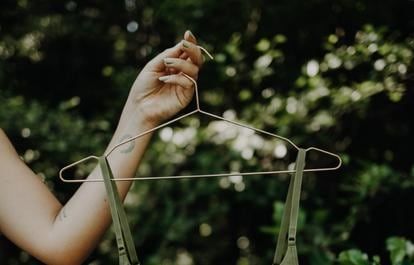If your erlich textiles are no longer suitable for one of the above disposal and recycling options, you can also throw them into a clothing container as a last resort. In this way, your garments will be sent to a collection or recycling company, which will assess and sort them to determine the best possible reuse of the textile. Since illegal containers are often set up by dubious clothing collectors, you can check whether it is a trustworthy collection before throwing it in. You can recognise this, for example, by the DZI donation seal or the FAIRwertung logo.
But what actually happens to the textiles once they end up in the used clothing container?
In Germany, so many textiles are sorted out and "donated" every year that they exceed the number of clothes needed for humanitarian purposes. Although a large part of the old clothes can still be reused, which saves valuable resources compared to recycling textiles, many of the old clothes end up not only in second-hand stores in this country, but are also sold to other countries outside Europe. This issue has often sparked controversial discussions in the past, as it is feared that this practice contributes to the decline of local textile industries, e.g. in Africa. For this reason, we recommend that you donate your old erlich products, share them with friends or upcycle them before disposing of them in the clothing container. It's best to think twice before buying a garment if you really need it, and take care of it so that it lasts as long as possible. Only by limiting the consumption and production of textiles can we minimise the social and ecological consequences caused by mountains of old textiles.
However, if there is no way around the old-clothes container, wash your clothes beforehand and pack them so that they are tear-proof and weatherproof. Only heavily soiled textiles (e.g. with oil and paint stains) belong in the residual waste. Utopia has produced a small guide on the subject of clothing donations. You can find out how to recognise reputable used clothing collection points and what else you can look out for in this article from "ÖkoTest".





